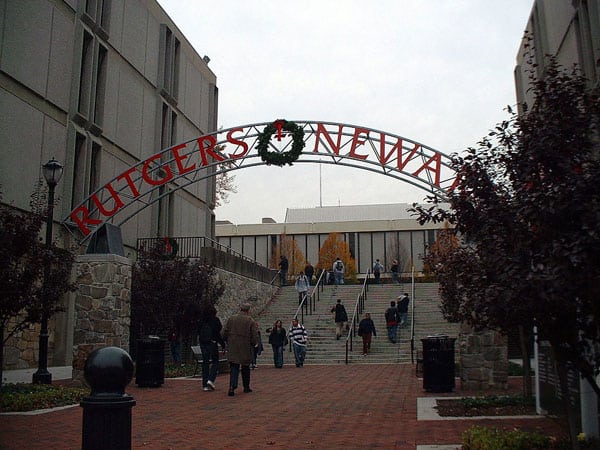
June 25, 2018; The Conversation
Education, we are told, is supposed to be the “great equalizer,” a term used by Horace Mann, a leading 19th-century advocate for public schools and sometimes called the “father of public education.” The phrase is still in common use, including by the president of the National Education Association. Of course, there are many reasons—at least 20—why education falls far short of that ideal. By the time students get to college, the inequalities are plain for all to see.
A 2017 New York Times article notes that the nation’s top 80 colleges enroll more students from households in the top one percent (by income) than from the bottom 40 percent. (That article cites a report from the Equality of Opportunity project, which has since been updated.) This shift was observed first with the class of 2002. By the time the class of 2013 was admitted, these top-80 schools drew more than 11 percent of their students from the top one percent and fewer than nine percent from the bottom 40 percent, with trend lines showing the gap widening over time. At 38 super-elite colleges, there were more students from the top one percent than the bottom 60 percent, including five Ivy League schools: Dartmouth, Princeton, Yale, Penn, and Brown.
Recently, The Conversation interviewed two university leaders to examine how two state schools are dealing with these trends. Nancy Cantor is chancellor at Rutgers University-Newark, a school regularly at or near the top of the list of the country’s most diverse universities. Gordon Gee is president of West Virginia University, which serves a more heavily rural population. Both advocate an anchor institution approach, which seeks to leverage economic and intellectual resources to benefit surrounding communities.
While their challenges differ greatly, both schools inhabit communities that face major challenges. Cantor, for instance, notes that while Newark is booming, “only 18 percent of its residents hold one of the city’s approximately 140,000 jobs. Sixty percent of the jobs in Newark are held by whites from the suburbs.” In Newark, the rate of home ownership for its residents is 20.9 percent, compared to a national rate of 64.2 percent. Newark, Cantor adds, also has among the nation’s highest eviction rates. Cantor adds that, “Despite having six institutions of higher education in or bordering the city, only 17 percent of Newark residents have post-secondary degrees.”
Sign up for our free newsletters
Subscribe to NPQ's newsletters to have our top stories delivered directly to your inbox.
By signing up, you agree to our privacy policy and terms of use, and to receive messages from NPQ and our partners.
In West Virginia, Gee acknowledges the state “leads the nation in overdose deaths“ and has “the nation’s lowest workforce participation rate, at 53 percent, while the national average is 63 percent.” As in Newark, the West Virginia college attainment rate is low, “with fewer than 20 percent of citizens age 25 and older holding a post-secondary degree.”
In terms of strategies, at Rutgers-Newark, one critical measure has been to increase support for the university’s financial aid program, which has helped the school “cultivate local talent and increase the number of native Newarkers on [its] campus by 59 percent since 2013.” The university, with local businesses, City Hall, and hospitals, helped launch “Hire. Buy. Live. Newark” in June 2017. “Together with Rutgers Biomedical and Health Sciences,” Cantor says, the school aims “to make 220 hires under this initiative: After only a year we are halfway there. And we’ve increased local procurement to 25 percent. These numbers show what is possible when anchors collaborate.”
As for West Virginia, a central effort that Gee is pursuing is called West Virginia Forward, which promotes building on existing assets and capacities, diversifying the economy beyond traditional extractive industries such as coal mining, and which “is built upon a firm belief that higher education can and must do more. “
Cantor notes that not just West Virginia and Rutgers-Newark are taking a more “hands on” approach in promoting community uplift. As Cantor mentions, “Within the academic world, as recently as this February, 31 metropolitan universities responded to a call to deploy their resources ‘to enhance the economic and social well-being of the communities they serve.’” In many cities, Cantor adds, “institutions of higher learning are partnering with local public schools, tackling local health disparities and helping to reverse the destructive marginalization of all but the top 1 percent of Americans.” Gee adds that a commitment to community engagement is also critical to countering “the erosion of public faith in higher education.”
The stakes, says Cantor, are high: “Who…will populate our colleges and universities as the US undergoes a diversity explosion,” Cantor asks, “if we don’t intervene to reach the talented Black and brown and poor students too often relegated to underperforming, segregated K-12 schools?”—Steve Dubb












